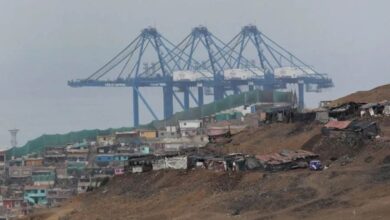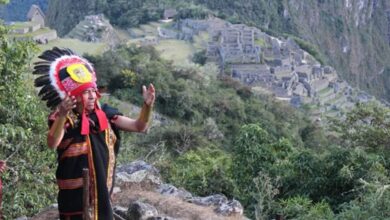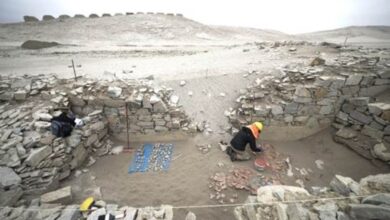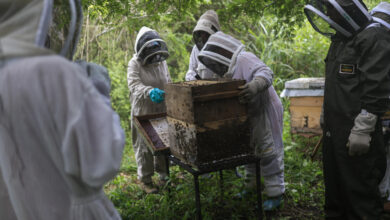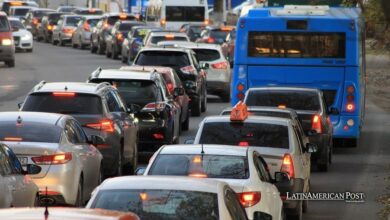Peru's Vulnerability Index Reveals Progress Amid Enduring Inequalities
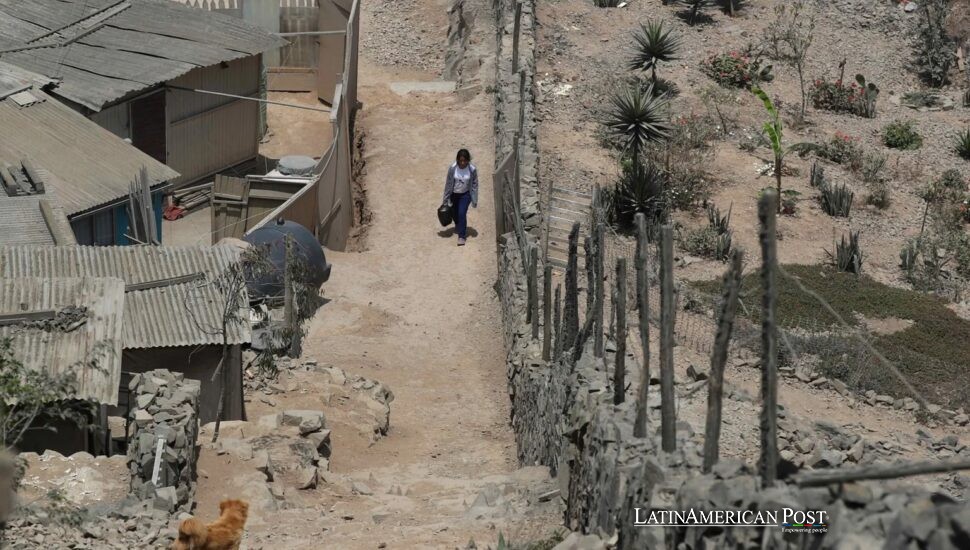
A recent study by Peru’s National Center for Strategic Planning reveals that, although vulnerability indicators have seen a modest improvement over the last decade, significant inequalities persist—especially in the jungle and highland regions—hampering progress in education, health, and essential services.
A Historical Overview of Vulnerability in Peru
For decades, Peru has battled with stark disparities that affect millions of its citizens. Historically, the country’s development has been unevenly distributed between its coastal centers—where economic growth and public services tend to concentrate—and its vast interior regions, including the jungle (selva) and the highlands (sierra), where poverty and limited access to essential services have long prevailed. Recent data from the National Center for Strategic Planning (Ceplan) paint a picture of slow but steady improvement overall, yet they also reveal that these gains are unevenly shared.
Between 2013 and 2023, Ceplan’s comprehensive study, “Towards a More Equitable Country: Advances and Gaps in Regional Vulnerability,” tracked 23 indicators spanning critical areas such as child well-being, gender conditions, access to essential services, health, and education. The study’s findings show that Peru experienced a slight decline in overall vulnerability, but areas in the jungle and highlands continue to face significant problems.
The pattern of vulnerability in Peru reveals slow improvement mixed with lasting inequality. Cities like Lima and Callao show lower vulnerability because of better roads, schools, and medical centers. However, distant parts of the Amazon or Andean peaks suffer from years of low funding and few public services. The Ceplan study points out that these areas fall behind despite better national numbers, which adds to a cycle of poverty in social education or economic terms.
Peru presents a challenging task to fix these differences because of its land features and people. The regions possess valuable traditions next to abundant resources yet stay cut off from the business growth of cities. A look at the past explains why current policies need attention as leaders try to match overall progress with targeted help for specific areas.
Regional Disparities: The Jungle and the Highlands
The Ceplan study shows that our most pressing problems exist in the jungle and highland regions. The Amazon basin includes the Loreto region, which has a vulnerability index of 56.5 points, making it Peru’s most exposed location. Other regions in the jungle, such as Ucayali, also report high vulnerability levels—50.4 points in Ucayali underscore the deep-seated challenges facing communities that often lack consistent access to clean water, sanitation, and quality education.
The highland regions of Pasco (43.4 points) and Huánuco (40.6 points) show that mountain communities face many socioeconomic problems despite their scenic landscapes and cultural riches. The Andes region, with its steep slopes and distant settlements, faces ongoing poor development. Amazonas and Madre de Dios score close to 40.5 points and face similar challenges. Both places lack basic health services, schools, or proper utilities. The children in these areas often get poor nutrition.
Because of better conditions, the central and southern coast regions show lower risk scores. Moquegua and Tacna have scores of 21.8 and 23.4 points, respectively. These areas received focused investments next to economic centers. A similar pattern appears in Ica (24.1 points), Arequipa (24.4 points), Callao (24.8 points), or Lima (26.5 points). The urban zones, along with nearby areas, face less hardship.
The numbers tell a story of real people’s lives. Families in the jungle and highlands face daily problems with child hunger, poor medical care, and limited education. These problems pass from one generation to the next and create cycles of poverty that resist change. The study shows a need for specific policies to fix these regional differences. A focus on rural areas must match the progress seen in cities.
Key Indicators and Their Implications
The Ceplan study uses a solid method to assess 23 indicators in four main areas: child population status, women’s conditions, basic service plus healthcare access, and education gaps. The approach reveals hardship as both an economic and social challenge.
Access to basic services is vital, including clean water, sanitation, and healthcare sites. Places like Loreto or Ucayali lack proper structures, and many people cannot get basic needs. Poor access harms health today and blocks people from better lives. A lack of sanitation or medical care lets sickness spread, and children miss food needed for proper growth.
Education remains a central part of the equation. The data points to areas with more hardships and lower school success. A gap exists in remote jungles or highland zones where schools lack supplies. These limits cut choices for youth and trap communities in poverty. However, city areas contain better school systems that create fewer problems for residents.
Gender differences affect how much people struggle in life. Women in the hardest-hit areas face extra barriers to school access, medical care, or jobs. The gap worsens poverty or slows down neighborhood growth since women often care for families and improve their communities’ lives.
The numbers reveal deep troubles in society. They show a nation where most citizens see no improvements despite small victories. The challenges in remote areas link to broader social customs that stay fixed. A full solution needs medical services, education, and fair treatment of women, along with support from nearby organizations.
The study helps officials find problems or decide what to do next. It clearly shows places that need direct help, and the data proves why each area needs specific solutions. However, if these gaps remain unsolved, they could worsen current problems and damage national unity.
Policy Responses and the Road Ahead
The findings of the Ceplan study affect how Peru shapes its public policies. A minor national improvement in vulnerability indicators shows progress, but differences between regions point to needed changes. Specific areas like the jungle and highlands face serious problems that need exact solutions. The right public policies in these places could help move from slow progress toward lasting development.
One of the primary recommendations emerging from the study is the need for differentiated public policies specifically designed to address the unique challenges of high-vulnerability regions. This means that instead of a one-size-fits-all approach, the government should prioritize infrastructure, healthcare, and education investments in the jungle and highland areas. For example, broader access to clean water and modern bathrooms could transform public health conditions. Educational programs for remote locations or areas with limited resources can help residents overcome poverty.
The removal of gender gaps matters greatly. Policies which support women through better health services schooling and work prospects create multiple good effects on local growth. In many at-risk regions, women carry most of the responsibilities for child care and home maintenance. The government can help lift entire communities out of poverty by providing targeted support and opportunities.
The study points out the need for integrated planning or regional teamwork in addition to direct investments. Problems in high-vulnerability regions are linked to broader national economic trends. The government must work with local leaders, non-governmental organizations, and international agencies to create full development plans. These plans need to address current needs and lay the foundations for future stability.
A key area for policy change involves technology next to data analytics to track regional differences. Modern tools let policymakers check how healthy programs work and fix strategies as needed. Digital platforms collect feedback from local communities, which helps match policies to actual local conditions. The data-based method leads to better resource use and results for people in vulnerable regions.
The path to lower vulnerability in Peru presents challenges but remains possible. The small gains noted by Ceplan show what focused work and good planning achieve. But gaps in basic services, education, or health between cities and remote areas remind us of pending tasks. Peru can reach a fair future where all citizens succeed through a varied policy approach that fixes these main areas.
Also Read: Argentina’s Milei Promotes Free Markets for Growth
The Ceplan study provides both a measure of progress and a roadmap for future development in Peru. The slight improvement in vulnerability indicators is a positive sign, yet the deep-seated disparities in the jungle and highland regions must be addressed through targeted, innovative public policies. Only by bridging these gaps can Peru hope to achieve sustainable development that benefits all its people.

